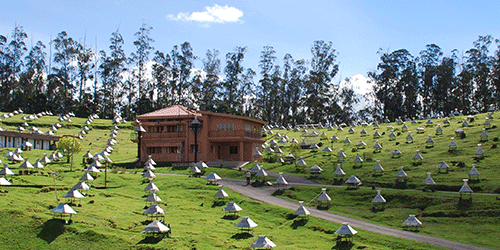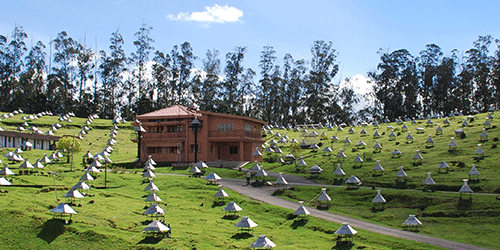A Crack in Earth’s Protective Shield
In the early hours of June 21, 2015, a giant cloud of magnetized plasma was ejected from the Sun in a solar flare. Forty hours later, those particles slammed into Earth’s magnetosphere, triggering a severe geomagnetic storm that knocked out radio signals in North and South America. New observational data from the GRAPES-3 cosmic-ray telescope in India show that an unusually high flux of cosmic rays breached the magnetosphere during this storm, resulting in a 2-hour-long cosmic-ray shower on Earth. Simulations performed by the GRAPES-3 collaboration, which includes researchers from India and Japan, suggest that the burst of cosmic rays was allowed to enter because the geomagnetic storm temporarily weakened Earth’s polar magnetic field.
Earth’s magnetic field deflects most cosmic rays, protecting living things from harmful radiation. But large geomagnetic storms can reconfigure this protective shield, opening up weak spots that let radiation and cosmic rays slip through. This vulnerability can occur when magnetized plasma from the Sun deforms Earth’s magnetic field, stretching its shape at the poles and diminishing its ability to deflect charged particles. Numerical simulations performed by the GRAPES-3 researchers suggest that this is exactly what happened following the June 21 solar flare, allowing the cosmic-ray breach that their telescope detected.
This research is published in Physical Review Letters.
–Katherine Wright
Katherine Wright is a Contributing Editor for Physics.





